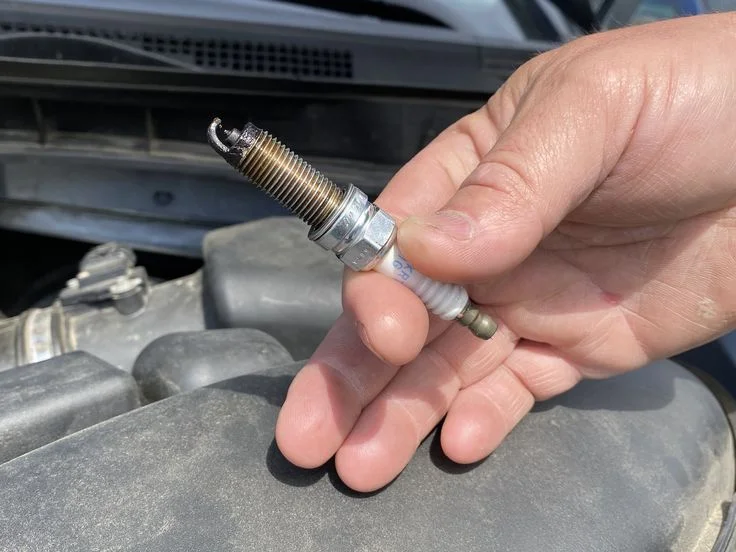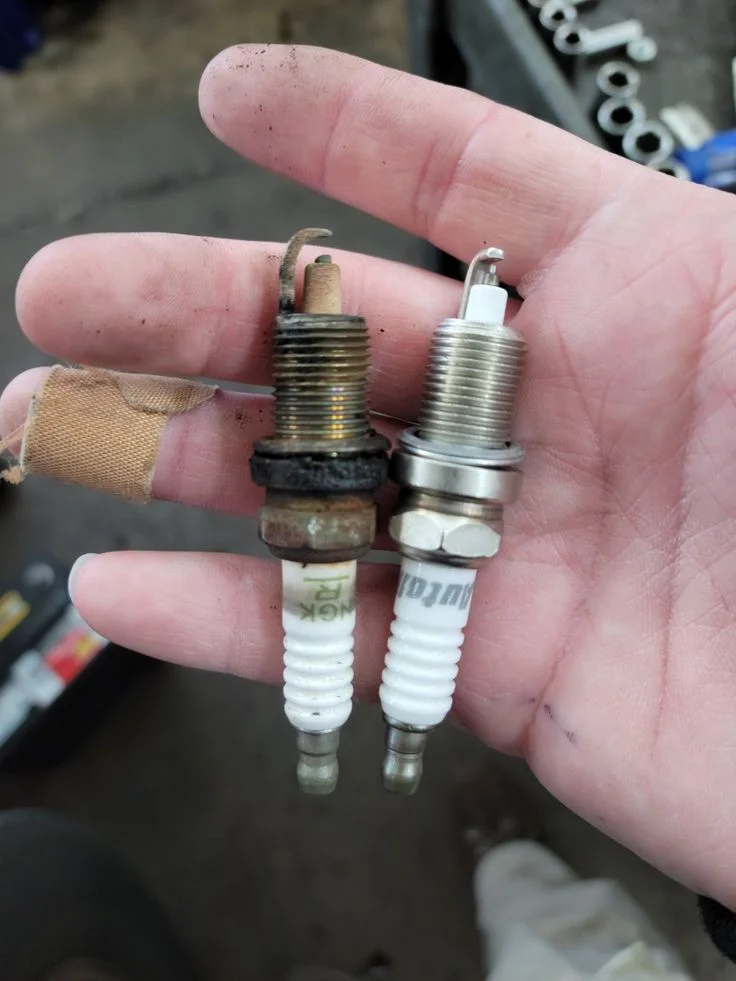Approximately 73% of professional mechanics report seeing customers who return within 12 months for ignition coil replacement after changing only spark plugs.
This statistic reveals a costly oversight that many car owners make when performing routine maintenance. The relationship between spark plugs and ignition coils is more interconnected than most people realize, and understanding when to replace both components can save you significant money and prevent roadside breakdowns.
After 15 years in the automotive repair industry, I've diagnosed countless misfires that could have been prevented with proper maintenance timing. Let me explain when you should consider replacing ignition coils alongside your spark plugs.
Understanding the Critical Partnership
Ignition coils and spark plugs work as a matched team. The coil transforms your car's 12 volt battery power into 15,000 - 20,000 volts needed to create spark. When spark plugs wear down, they create additional resistance that forces coils to work harder.
Mobiletron's technical analysis explains this relationship clearly: as spark plug gaps widen through normal wear, coils must generate higher voltage to bridge the larger gap. This additional strain leads to voltage overload, overheating, and premature coil failure.
The numbers tell the story. Worn spark plugs typically increase coil stress by 25 - 40%. If your plugs are overdue for replacement, your coils are already working overtime.
When to Replace Both Components Together
High-Mileage Scenarios (100,000+ miles)
If your vehicle has over 100,000 miles and you're replacing spark plugs for the first time, consider replacing coils simultaneously. CarParts.com research shows ignition coils typically last 120,000 - 150,000 miles. At this mileage, your coils are approaching their service limit regardless of current performance.
Signs of Coil Stress
Replace coils with plugs if you notice:
- Rough idle that improves when engine warms up
- Intermittent misfires during acceleration
- Reduced fuel economy over the past 20,000 miles
- Check engine light with misfire codes (P0300-P0312)
Cost Effective Prevention
When coils are easily accessible during plug replacement, the additional labor cost is minimal. Many modern engines require significant disassembly to reach coils. If you're already paying for the labor, adding coils makes financial sense.
When Coils Can Wait
Recent Coil Replacement
If coils were replaced within the last 50,000 miles and are functioning properly, focus solely on spark plugs. Bob Is The Oil Guy forum discussions among professional technicians consistently support this approach.
Budget Constraints with Good Performance
If your engine runs smoothly without misfires and you're on a tight budget, prioritize spark plugs. Monitor coil performance over the next 20,000 miles and replace them if symptoms develop.
Low Mileage Vehicles
Cars under 60,000 miles with original coils rarely need replacement during routine spark plug service unless specific performance issues exist.
The Costs of Waiting
Delaying coil replacement when plugs are changed can create expensive problems. Firestone Complete Auto Care reports that failing coils can damage catalytic converters, oxygen sensors, and create carbon buildup in combustion chambers.
A single coil failure typically costs $150 - 300 to repair. Catalytic converter damage from prolonged misfiring can exceed $2,000. The math strongly favors preventive replacement in high-mileage situations.
Professional Recommendations by Vehicle Type
German Luxury Vehicles (BMW, Mercedes, Audi)
These engines often use sophisticated coil-on-plug systems with tight tolerances. Replace coils with plugs after 80,000 miles or if any performance degradation occurs.
Japanese Vehicles (Honda, Toyota, Nissan)
Generally more tolerant of worn components. Replace coils only when symptoms develop or at 120,000+ miles during plug service.
Domestic Trucks (Ford, Chevrolet, Ram)
Working trucks experience more stress. Consider coil replacement at 100,000 miles, especially if used for towing or heavy hauling.
Making the Decision
Ask yourself these questions:
- Are your coils over 80,000 miles old?
- Have you experienced any rough running or reduced performance?
- Will coil access require significant additional labor later?
- Can you afford the additional $200-500 investment now?
If you answered "yes" to two or more questions, replace coils with plugs.
The Bottom Line
Ignition coils don't follow the same replacement schedule as spark plugs, but their lives are interconnected. Southwest Performance Parts data shows optimal coil replacement occurs between 60,000 - 100,000 miles, which often aligns with the second major spark plug service.
The decision ultimately depends on vehicle age, mileage, performance, and budget. However, in high-mileage situations where access is already available, replacing both components together provides the best long-term value and reliability.
Remember: preventive maintenance costs less than emergency repairs. A $400 investment in both components today can prevent a $2,000+ repair bill from catalytic converter damage later. Your wallet and your peace of mind will thank you.




Comments (0)
Please login to join the discussion
Be the first to comment on this article!
Share your thoughts and start the discussion